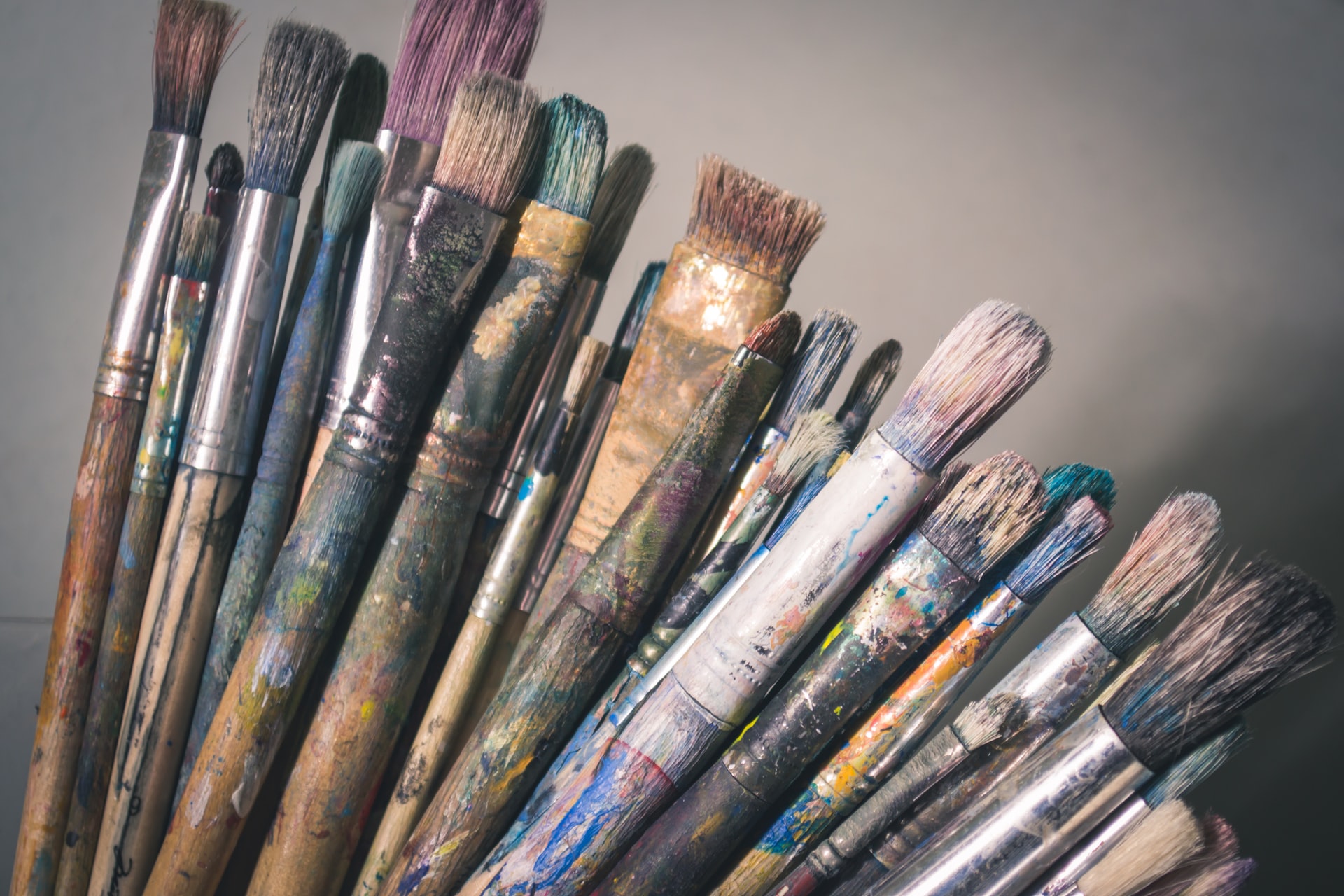Abstract
There are many reasons why the rich popular tradition of hip-hop culture has become attractive to teachers as a means of engaging students, and many classroom experiments with hip-hop have surely met or surpassed the teacher’s curricular expectations. The political implications of such pedagogical appropriations are worth considering, however. I reflect in this article on my own experiences as a white art teacher and hip-hop enthusiast working with students of color in a large city. Drawing on Black Studies theorists associated with a tendency known as “Afro-pessimism,” I make larger connections between the philanthropic aspirations of white teachers like myself and the experiences of Black and brown students in American public schools, as well as the troubled history of sentimentalist anti-racist white mimicry in education and American culture more generally. While I used graffiti art in several lessons over the years, my most meaningful classroom encounter with hip-hop was whimsical and accidental, when a sound project took an unexpected turn. Using this experience as an informative example, I contend that the sensuality, humor, and resistance that appears throughout much of Black popular culture, while fascinating to non-Blacks in and beyond the U.S., remains inaccessible to an anti-Black institutional gaze. It seems to me that hip-hop thrives in Black and brown public schools via infiltration, rather than through an instrumentalization that, in its politics of respectability, seeks to negate the pleasure that gives it life.
How to Cite:
Stabler, A., (2020) “White Empathy and the Educational Neutralization of Hip-Hop”, Journal of Cultural Research in Art Education 37(1), 231-247. doi: https://doi.org/10.2458/jcrae.4762
Downloads:
Download PDF
View PDF
931 Views
354 Downloads

